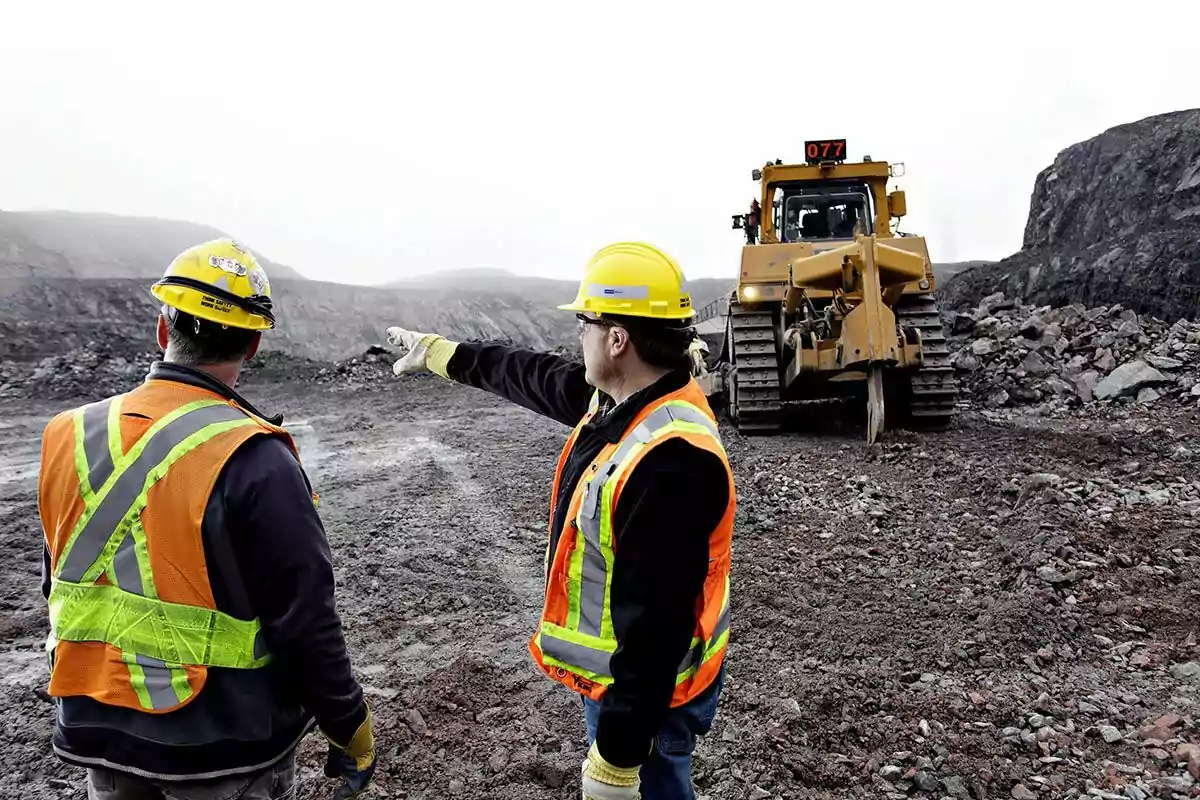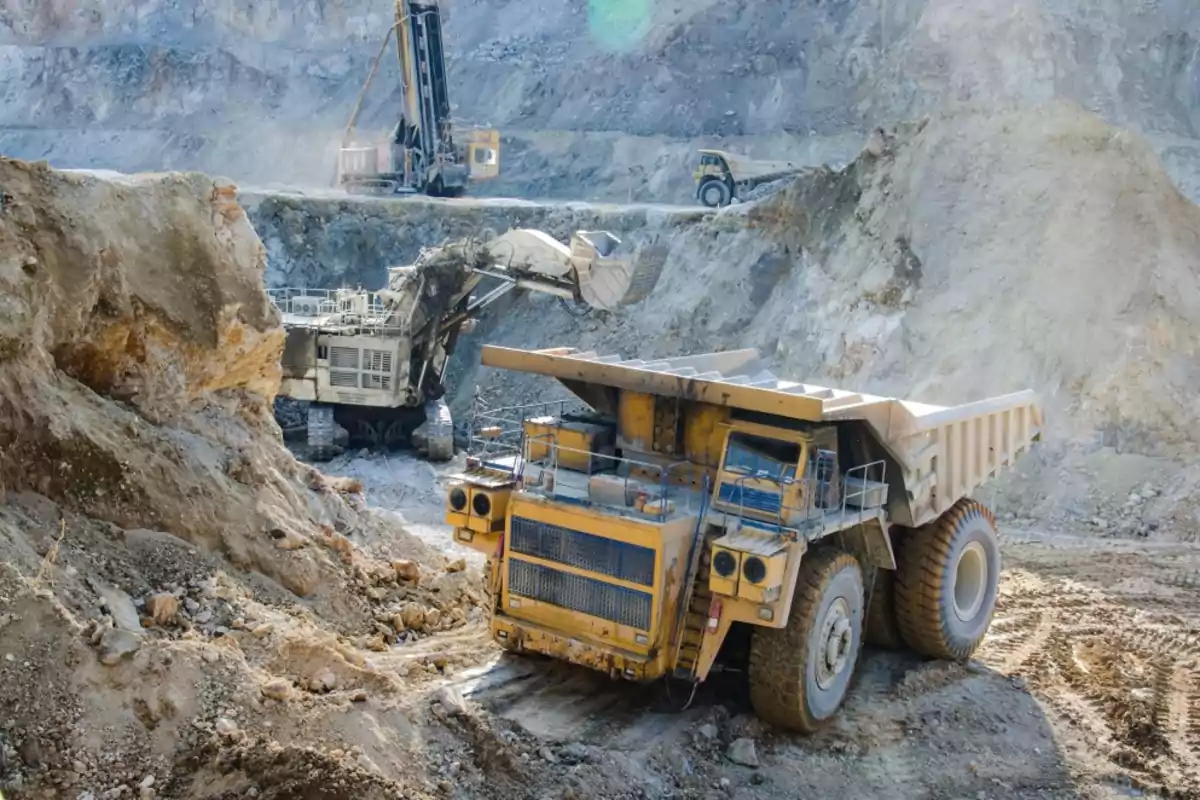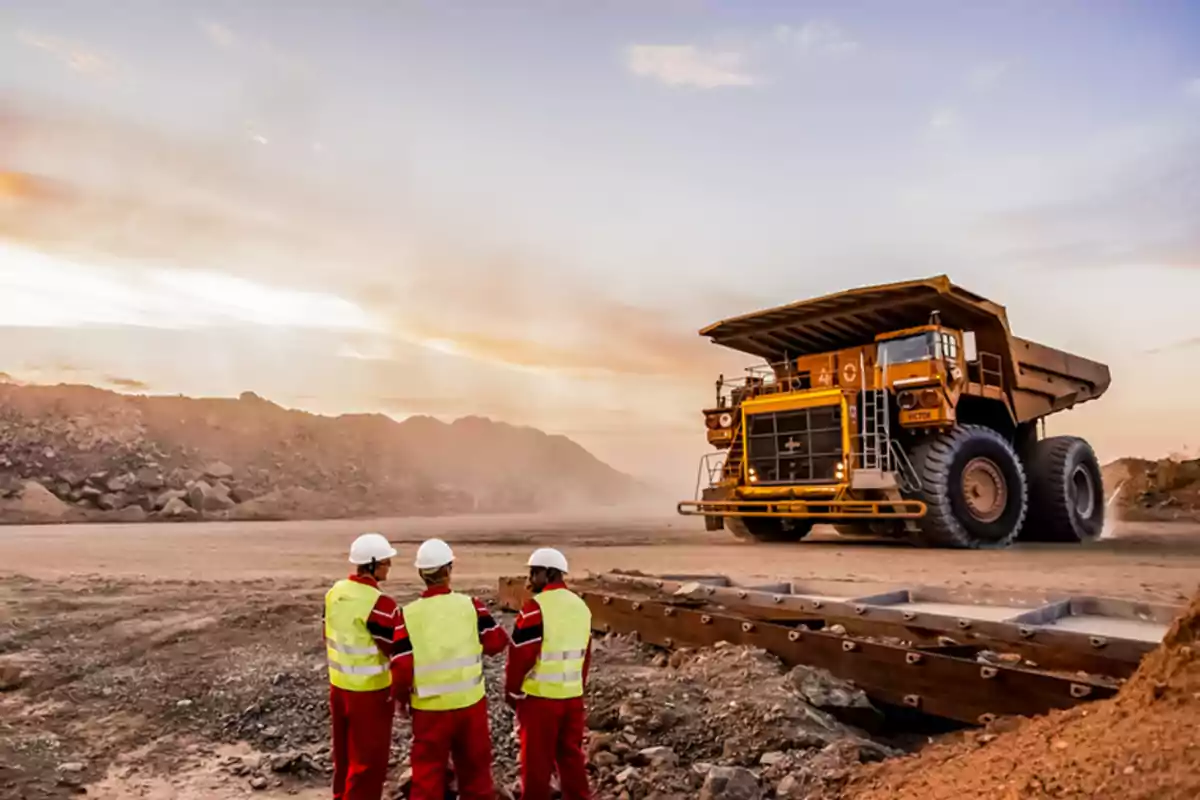
Mining: Chile and Peru generate ten times more exports and jobs than Argentina
A report reveals Argentina's lag and the need to transform geological potential into economic development
Argentina has a enormous mining potential, but it is far from taking advantage of it. This is warned by a recent report from Mining AI, a think tank that uses artificial intelligence to analyze the sector's development.
According to the study, Chile and Peru generate ten times more income from mining exports and direct jobs than Argentina, despite sharing similar geological conditions in the Andes Mountains.
While our country barely reaches 4.060 billion dollars annually in mining exports and directly employs 41,170 people, Chile records significantly higher figures, with exports totaling 52.460 billion dollars and 238,781 direct jobs. Peru, meanwhile, exceeds 43.733 billion dollars in exports and 227,000 direct jobs in the sector. This way, the report exposes the enormous productive gap that Argentina still has to close.
The study suggests that through investment incentives, as the Government of Javier Milei is doing, improvements in infrastructure, and a fluid dialogue with communities, the Argentine mining sector could generate up to 230,000 direct jobs and 1,400,000 total positions, if indirect ones are counted. In terms of exports, a jump to between 40,000 and 50,000 billion dollars annually is projected, more than ten times the current value.

The impact on Argentina's provinces
The impact of this mining expansion would be particularly relevant in provinces with strong geological potential. On one hand, Santa Cruz, currently leading with 41% of exports (gold and silver), could generate up to 80,000 jobs and San Juan, with large copper projects in development, could quintuple its production and reach between 60,000 and 80,000 jobs.
Similarly, Jujuy, the axis of the lithium triangle, projects up to 50,000 jobs thanks to new exploration areas. Additionally, Salta seeks to establish itself as a dual hub of lithium and copper, generating up to 40,000 jobs, and Catamarca, which currently contributes 5.8% of exports, aims to double its production by reactivating key projects, with a potential of 40,000 positions.

Mining AI highlights that achieving this development "is not a utopia," since Argentina has strategic natural resources and an international context favorable for critical minerals like lithium and copper, key to productive diversification.
In this context, the report concludes that mining could become one of the main drivers of Argentina's economic growth and the massive generation of employment in the country, if the right decisions are made.
More posts: